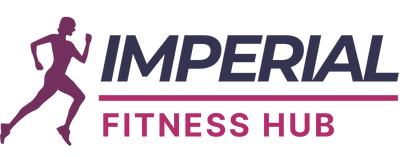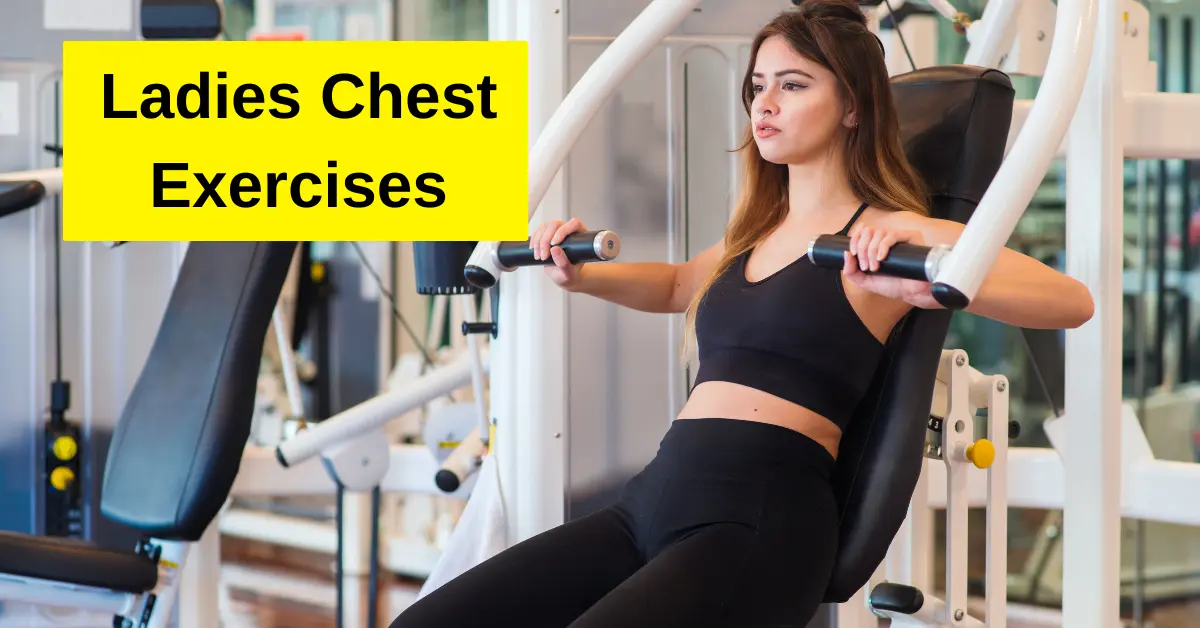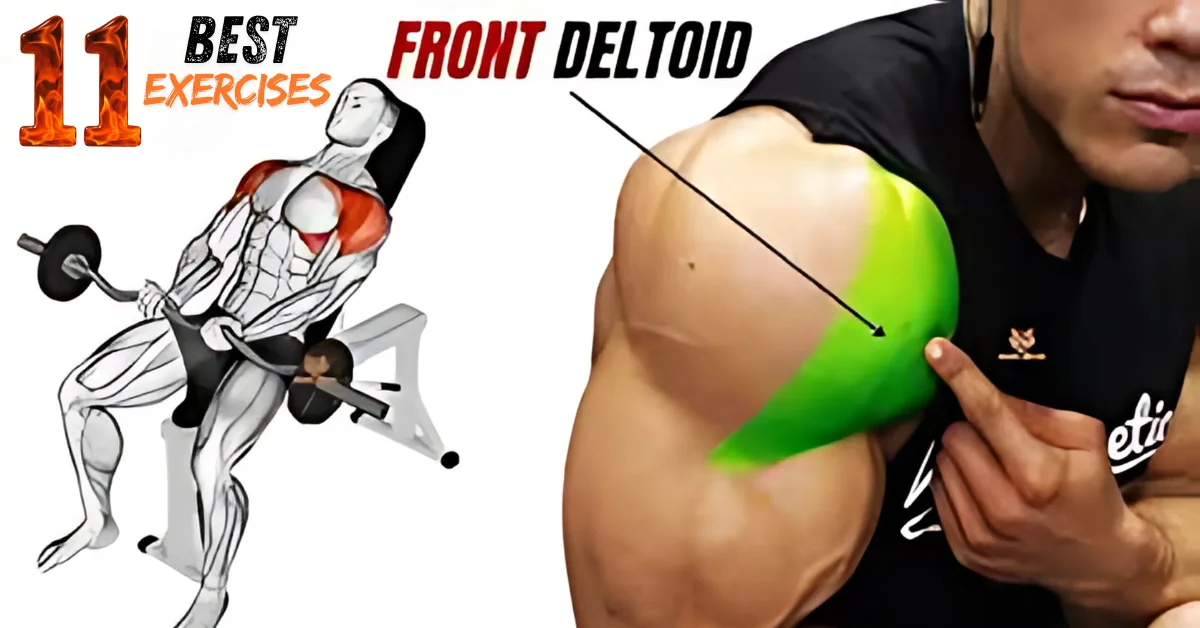“Abs are made in the kitchen, but strength is built in the gym.” We’ve all heard this before, right? Yet, most of us waste years trying generic diet and workout plans that don’t work. Why? Because they’re not built for us.
A personalized diet and workout plan adapts to your body type, lifestyle, and goals—muscle gain, fat loss, or staying active. Science backs this up: A study from the American Journal of Clinical Nutrition found that personalized nutrition plans resulted in 25% better adherence compared to generic diet plans.
I’ve been there. I tried every popular keto diet, paleo, and intermittent fasting—only to hit plateaus over and over. The same is true with workouts; following a random YouTube routine didn’t cut it. It wasn’t until I built a custom diet and exercise plan that things finally clicked. If you’re tired of spinning your wheels, let’s break down how you can design a plan that works for you!
Why a Personalized Diet and Workout Plan Works Better Than Generic Plans
Ever wonder why some people lose weight effortlessly while others struggle for months? It all comes down to individual metabolism, activity levels, and body composition. A personalized diet and workout plan factor in these elements, ensuring you get results faster.
One-size-fits-all plans are like buying a pair of shoes without checking your size. A 2019 study from the National Institutes of Health confirmed that people react differently to the same diet based on genetics and gut bacteria. The same goes for workouts—what works for a lean marathon runner won’t work for someone trying to bulk up.
Back when I was stuck in a fitness rut, I used to copy the meal plan of my shredded gym buddy. Spoiler alert: It didn’t work. Why? Because my metabolism and body type were different! When I finally got a meal plan designed for me, I felt more energized, and my progress skyrocketed. The same applies to workouts—tailoring strength training and cardio to your goals will keep you motivated and prevent burnout.

Key Factors in a personalized diet and workout plan
- Body Type: Endomorphs, ectomorphs, and mesomorphs all require different nutrition and workouts.
- Activity Level: If you’re desk-bound, your calorie needs differ from someone on their feet all day.
- Fitness Goals: Weight loss? Muscle gain? Endurance? Each goal requires a different approach.
- Nutritional Deficiencies: Some people may need extra vitamins or minerals based on their blood work.
- Food Preferences & Restrictions: Allergies, intolerances, and ethical choices affect what works best.
How to Determine Your Ideal Diet Plan
The first step is understanding what your body needs. Here’s how you can tailor your personalized diet and workout plan:
1. Identify Your Body Type and Fitness Goals
Step one? Know your body type. Most people fall into one of three categories:
- Ectomorphs: Naturally slim, struggle to gain muscle, fast metabolism.
- Mesomorphs: They have an Athletic build and gain and lose weight easily.
- Endomorphs: Tends to store fat, slower metabolism, needs more cardio.
Identifying your body type helps you craft a diet and workout strategy that aligns with your natural tendencies. For example, ectomorphs need higher carbs, while endomorphs should focus on proteins and healthy fats.
Another crucial step? Setting SMART fitness goals:
- Specific: Instead of “I want to lose weight,” say, “I want to lose 40 pounds in 3 months.“
- Measurable: Track calories, macros, and workouts.
- Achievable: Don’t aim for six-pack abs in two weeks.
- Relevant: Align with your lifestyle and capabilities.
- Time-bound: Set a deadline.
I learned this the hard way. I once set an unrealistic goal of losing 40 pounds in three months. I crashed and burned. When I shifted to smaller, more manageable targets, I stuck to my plan and saw real results!
2. Calculate Your Daily Caloric Needs
Use the Total Daily Energy Expenditure (TDEE) formula: This helps determine how many calories you need daily to maintain, gain, or lose weight.
3. Macronutrient Breakdown
Most personalized diet and workout plans should follow these macros:
- Protein: 0.8-1.2g per pound of body weight
- Carbs: 40-50% of daily intake (lower for weight loss)
- Fats: 20-30% of daily intake
A custom diet and exercise plan should also factor in meal timing. Research from the Journal of the International Society of Sports Nutrition suggests that eating protein post-workout enhances muscle recovery by 30%.
Here’s what worked for me:
- Breakfast: High-protein smoothie (Greek yogurt, banana, and peanut butter).
- Lunch: Lean protein (chicken or tofu) with quinoa and veggies.
- Dinner: A low-carb, protein-rich meal like salmon with steamed greens.
- Snacks: Nuts, protein bars, or cottage cheese.
Simple, sustainable, and effective!
4. Hydration and Meal Timing
- Drink at least 2-3 liters of water daily for optimal metabolism.
- Spread meals evenly throughout the day to maintain energy levels.
When I started focusing on the best protein intake, my muscle definition improved, and my cravings decreased. It’s amazing what small tweaks can do!
Discover the truth about protein absorption—learn how much protein your body can digest in one meal and optimize your nutrition!
5. Optimize Your Recovery and Sleep
Recovery is just as important as diet and exercise. Without proper rest, your body won’t repair and grow efficiently. A study from the Journal of Sports Science & Medicine found that poor sleep reduces muscle recovery by up to 40%.
Key Recovery Strategies:
- Prioritize Sleep: Aim for 7-9 hours of quality sleep per night.
- Use Active Recovery Days: Engage in light yoga, stretching, or walking to aid muscle repair.
- Manage Stress: High stress leads to increased cortisol, which can slow down weight loss and muscle gain.
I used to push myself every day without rest, and it led to burnout. Once I incorporated recovery into my routine, my performance and energy skyrocketed!
6. Use Supplements Wisely
While whole foods should always come first, the right supplements can enhance your progress and fill nutritional gaps.
Essential Supplements for Different Goals:
- Muscle Growth: Whey protein, creatine, and BCAAs (Branched-Chain Amino Acids).
- Fat Loss: Green tea extract, L-carnitine, and caffeine for metabolism support.
- Overall Health: Omega-3s, multivitamins, and vitamin D for immune function and joint health.
However, not all supplements are necessary—always focus on getting nutrients from real food first.
7. Track and Adjust Your Plan Regularly
Your body evolves, and so should your plan. What works today may not work six months from now, so tracking your progress helps you stay on the right path.
How to Track Effectively:
- Measure Progress: Use body measurements, strength levels, and energy levels instead of just the scale.
- Adjust Macros as Needed: If progress stalls, tweak your calorie intake or exercise routine.
- Listen to Your Body: If you feel fatigued, adjust your recovery time and intensity.
I used to follow the same workout routine for months, expecting better results. Once I started tracking my progress and making small changes, my strength and physique improved significantly.
Crafting Your Perfect Workout Plan
A great workout plan is about more than just hitting the gym. It should be designed to match your goals, fitness level, and schedule.
1. Pick a Workout Type Based on Your Goal
- Weight Loss: High-intensity interval training (HIIT) + strength training
- Muscle Gain: Heavy resistance training + moderate cardio
- Endurance: Running, cycling, or rowing with strength work
- Flexibility & Mobility: Yoga, Pilates, or dynamic stretching
Curious about the differences between yoga and meditation? Discover their unique benefits and find out which one suits your lifestyle best!
2. Strength Training Basics
Building muscle boosts metabolism. Focus on compound exercises:
- Squats: Full-body strength builder
- Deadlifts: Engages multiple muscle groups
- Bench Press: Upper-body powerhouse
- Pull-ups: Great for back and arm development
- Lunges: Improve leg strength and balance
3. Cardio Strategies
Cardio isn’t just for fat loss—it improves heart health and endurance. Mix it up!
- Low-Intensity: Walking or steady-state jogging
- High-Intensity: Sprints or HIIT sessions
- Fun Options: Dance, hiking, or sports
- Jump Rope: An underrated fat-burning workout
I used to hate cardio until I realized I didn’t have to run on a treadmill—I switched to playing basketball and hiking, and suddenly, cardio became fun!
Tracking progress is key. I use MyFitnessPal for diet tracking and Strava for workouts. Seeing progress keeps you motivated!
How to Stay Motivated and Avoid Plateaus
It’s easy to lose motivation when results slow down. Here’s how to stay on track:
- Change Up Your Routine: Switch exercises every few weeks to keep things exciting.
- Set Milestone Goals: Celebrate small victories, like lifting heavier or running faster.
- Join a Community: Having a workout buddy or joining an online group keeps you accountable.
FAQs
Can AI give me a diet plan?
Yes! AI-powered tools can analyze your body type, fitness goals, and dietary preferences to generate a personalized diet and workout plan that suits your needs.
Can AI generate a workout plan?
Absolutely. AI fitness platforms can create a custom diet and exercise plan based on your activity level and workout preferences.
Is there a Fitness AI?
Yes, FitnessAI is a platform that designs strength training programs based on artificial intelligence and user data.
Can ChatGPT make a workout plan?
Yes! ChatGPT can generate a personalized diet and workout plan tailored to your fitness goals and dietary needs.
Is FitnessAI paid?
Yes, FitnessAI requires a subscription to access its customized workout plans.
What is the AI to correct gym form?
Several AI tools, like Forme and Kaia Health, analyze your gym movements and provide feedback on your posture and technique.
Can I modify the generated diet plan?
Of course! You can tweak any AI-generated personalized diet and workout plan to better fit your lifestyle and food preferences.
Final Thoughts: Take Control of Your Health Today!
A personalized diet and workout plan isn’t just about looking good—it’s about feeling strong, energetic, and confident. When I finally ditched cookie-cutter plans and tailored my approach, my fitness journey became enjoyable instead of frustrating.
If you’re struggling, start small. Adjust your meals, tweak your workouts, and most importantly, listen to your body. Drop a comment below and let me know what’s working (or not working) for you. Let’s build healthier habits together!






2 Responses
Such an important topic, Keep up the awesome content! When I started my weight loss journey, I struggled much until I tried Diet-To-Go Meal Service. Their pre-portioned recipes saved me so much time and helped me stay on track. Your post reminded me how important this balance and it helps others.
This is a crucial subject—keep producing such remarkable content! Someone shared their personal weight loss story, highlighting the difficulties they encountered before discovering the Diet-To-Go Meal Service. They noted that the pre-portioned meals saved them time and supported their commitment to their goals. The conversation is a reminder of how essential balance is to the weight loss journey. For those who may find it useful, here’s the link they provided.